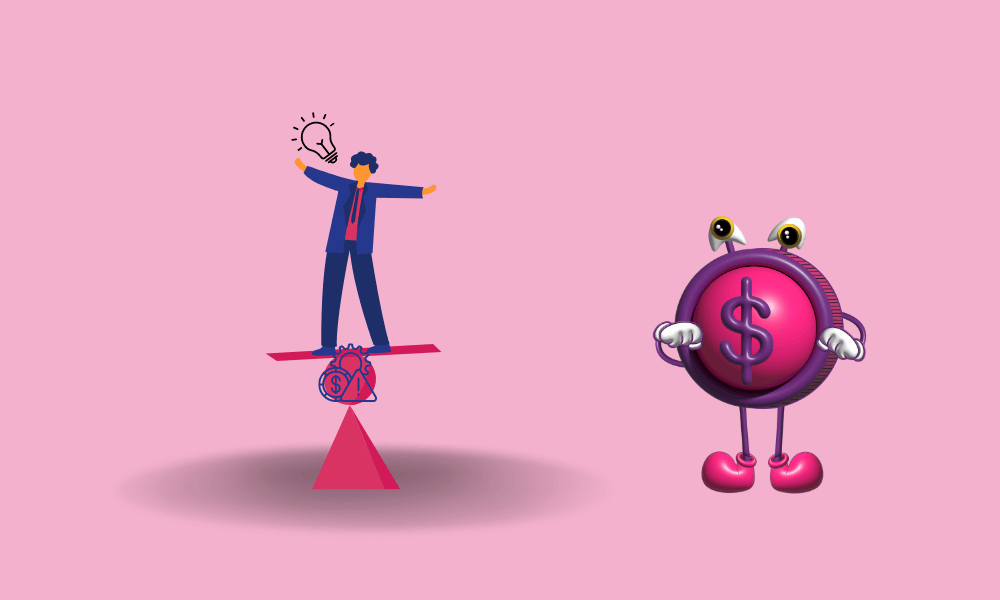
Risk management , is the Process of finding evaluating, and controlling financial, legal, strategic, and security risks to an organization's capital and earnings.
Because this is such an important subject, I wanted to tell you about it so I could reach as many people as possible. I hope it helps in some way.
In the past few years, I've seen a lot of people ruin their bank accounts and lose a lot of money. For some of them, it was scary!
How these people can waste money and even put their own families in danger is hard to understand. Risk management in trading is very important if you want to keep yourself and your life in balance.
Some people might find this very helpful, or they might want to remember these rules again.
Like in my book, I'll make it a little shorter here, but I'll still talk about the main points!
I can't say this enough: always follow the rules for trading. Trading is a serious and hard business, not a quick way to make money. Learning is hard because it takes a long time, a lot of patience, and a lot of mistakes.
Your mistakes are more important than what you've done well. Failure, not success, will show you why something won't work.
However, let's discuss risk management.
Every trade you make comes with the risk of losing money, so it's important to make sure you have a good risk/reward ratio for each one.
You need to remember that the calculated risk/reward is just an estimate, and the real results could be very different. But if you know what you're doing and have the right information, you can plan a good way to get into your trades to reduce risk.
Find out the key levels of support and resistance, and think about every possible outcome. What will you do if the red or green light is coming up? Which levels have the best places to get in and out?
With all of this information, you can figure out your riks/reward ratio.
Before making a trade, successful day traders usually know both the risk and the possible return.
The goal of a day trader is to make trades where the possible gain is greater than the possible risk.
People think that the risk-to-reward ratio for these deals is good.
The amount of money you plan to risk compared to the amount of money you think you can make is called the risk/reward ratio.
For example, if you think that a likely deal will either make you $400 or lose you $100, the trade has a good risk-to-reward ratio of 1:4.
On the other hand, if you risk $100 to make $100, the risk-to-reward ratio is 1:1, which is similar to the odds you'd find in a casino.
Finding transactions with high risk-to-reward ratios, such as 1:2 or higher, will help you make more money on average and lose less on average, making your trading strategy more stable.
Traders often say that a minimum distribution of a 1:2 ratio is best. In fact, if you use technical chart analysis or financial stock analysis, you can often find ratios that are even better.
Our stop loss level needs to be set just below our support level or any other important levels we've already set.
The goal is to stop losses before they get out of hand. Getting out of a losing trade is one of the hardest things for traders to do consistently. But not taking stops can lead to account blowouts, margin calls, and losses that are too big to handle.
How big should I make something to fill a spot?
Before taking a position, think about how big you are to lower your risk.
In general, you shouldn't risk money that you need and should only give your broker what you can afford.
The best way to keep your account safe is to only put in small amounts. Here are four suggestions I have:
1.You don't risk much money, and your stop loss should be tight anyway.
2. If the price is going the other way, you can average down, but only if you are sure your plan will work.
3. You can buy dips or pullbacks if the trend is strong and keeps going in the direction you want.
4. If the price moves against you, you can keep your emotions in check better.
This brings us to the next topic.
 Top THREE Award-Winning Brokers in 2022 Top THREE Award-Winning Brokers in 2022  LiteFinance |IC Markets|Exness |
Yes, I know that using a lot of leverage will lead to big profits, but as a beginner, you won't know how to pick the trades with the most potential.
Even experienced traders don't use all of their money when they make a trade. Instead, they use a small amount.
If you use leverage, you may lose a lot more money, but if you lose money, your leverage will also go down a lot, making it hard to recover from future losses.
How should you answer the question of whether or not to use leverage?
Beginners should just say, "Take your hands off the big lever."
You couldn't even blow yourself up with that thing, which is crazy. Most likely, it will take you years to start making money again.
But first you need to keep yourself safe. After some time, during which you take profits and cut losses, you will learn enough to feel much more comfortable on the market and understand how trading really works. Then you can think about how to use leverage.
Like I said, I only want to talk about a few clear and important facts because I think many new investors don't realize how important this subject is.
Enjoy learning and trading while staying safe!